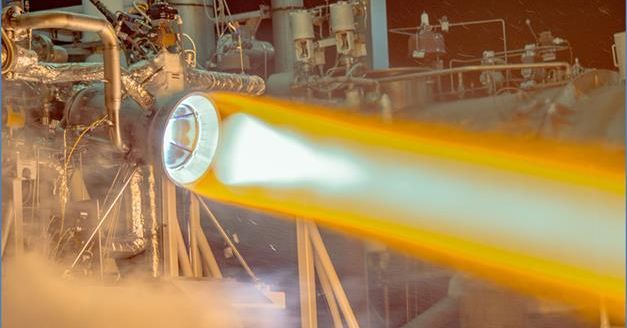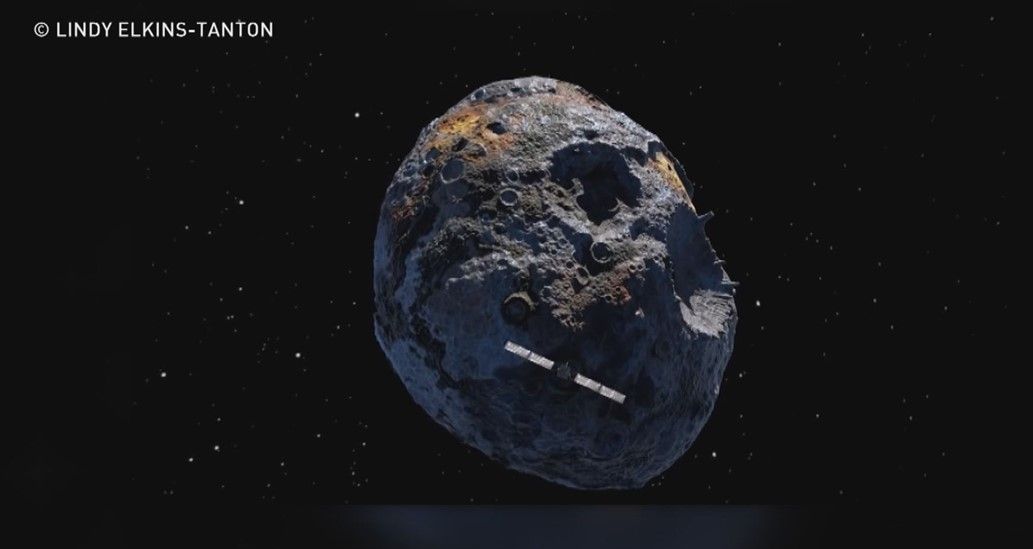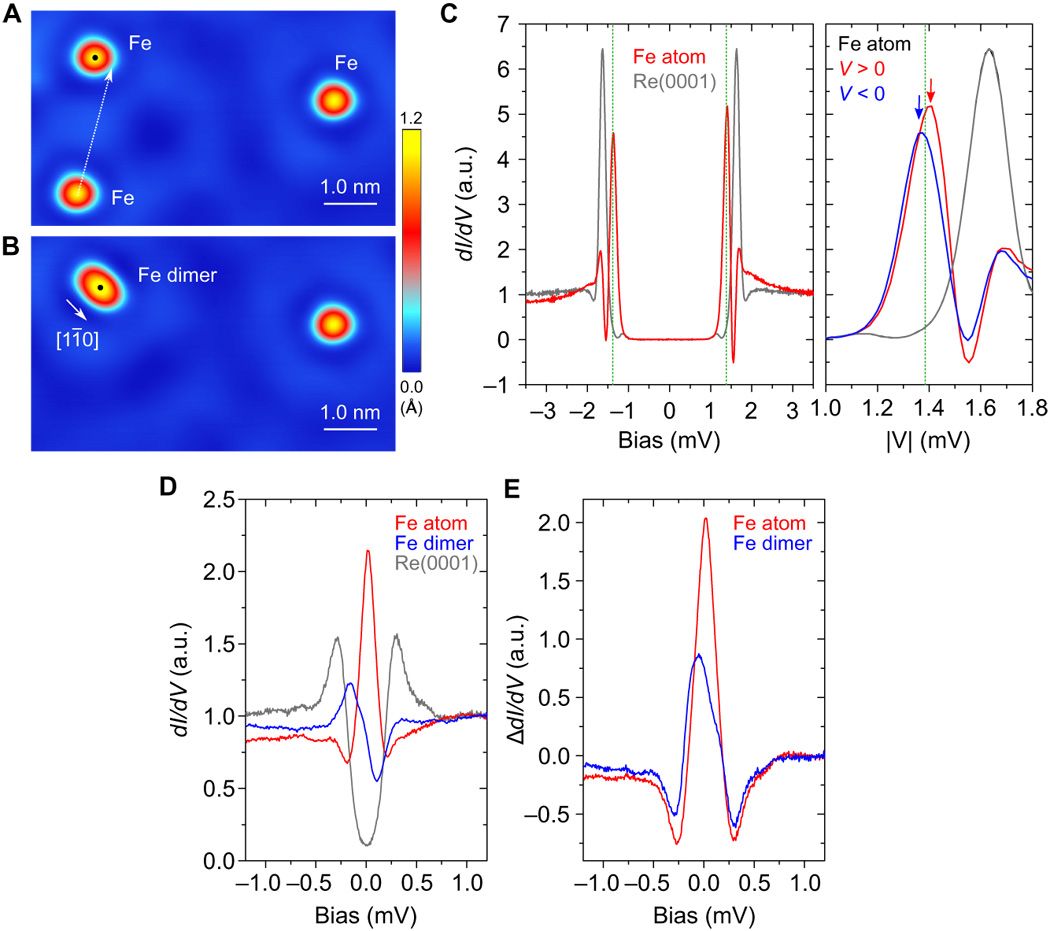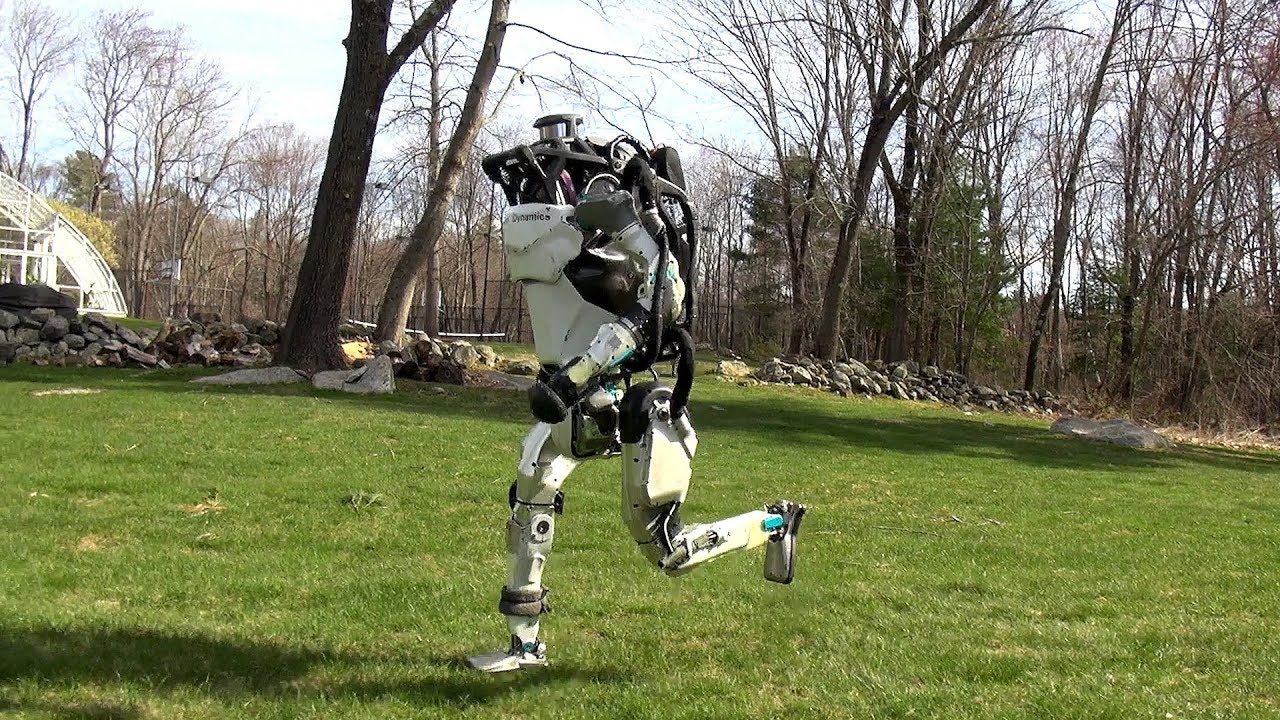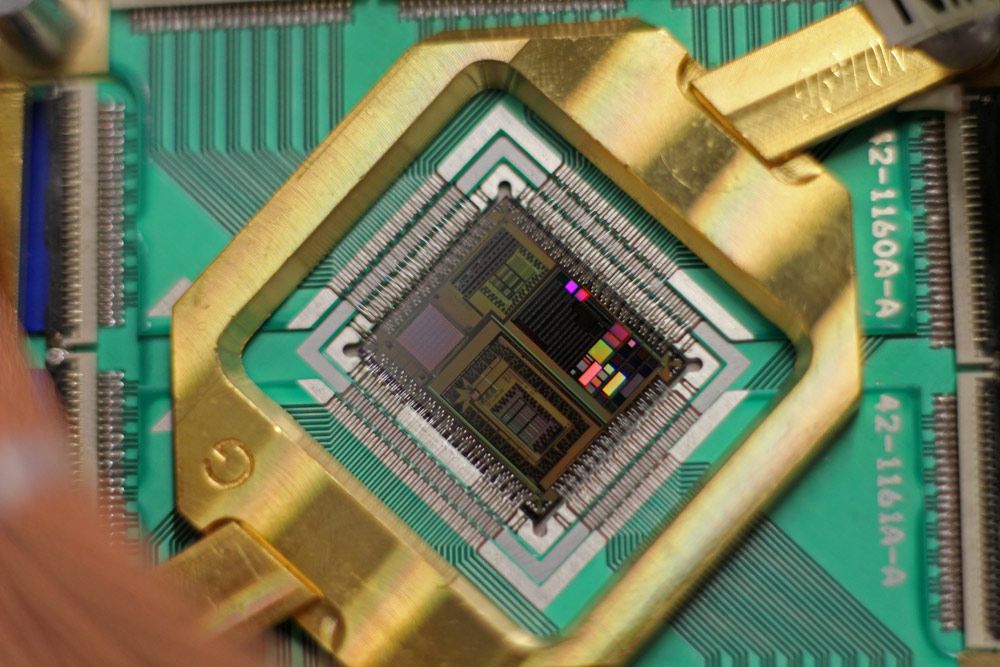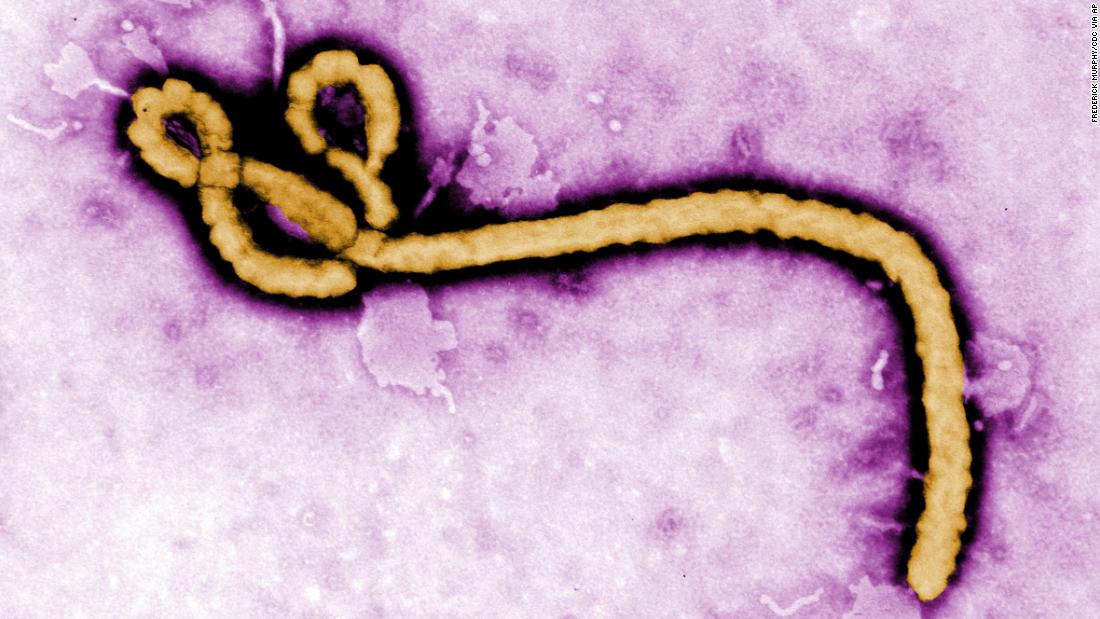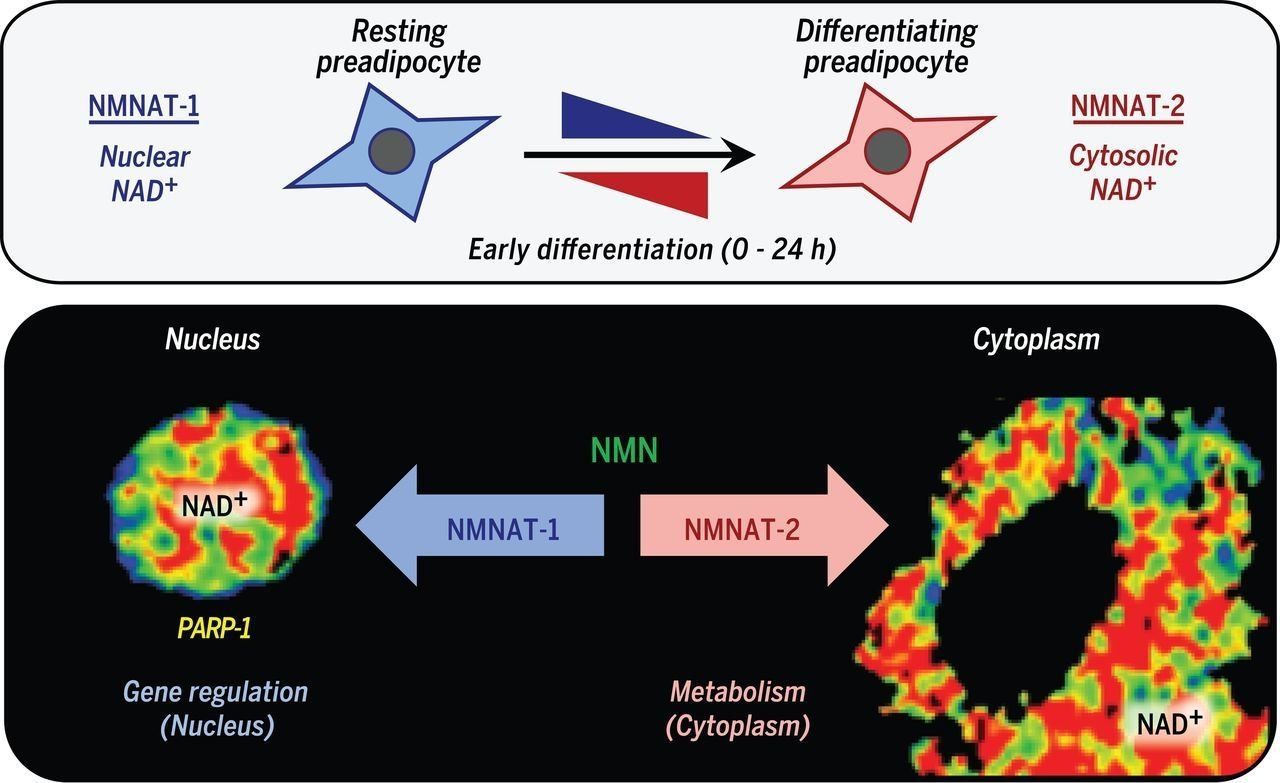May 12, 2018
La conquista de la muerte
Posted by Zoltan Istvan in categories: ethics, life extension, lifeboat, transhumanism
This week RT en Español aired a half hour show on life extension and #transhumanism on TV to millions of its #Spanish viewers. My #ImmortalityBus and work was covered. Various Lifeboat Foundation members in this video: Give it a watch:
La longevidad, la inmortalidad… Temas que nunca han dejado a nadie indiferente. Ahora algunos científicos aseguran que la inmortalidad es técnicamente alcanzable en un futuro cercano. Pero al mismo tiempo surgen preguntas de carácter moral e incluso filosófico: ¿qué significa alcanzar la inmortalidad para cada uno de nosotros? Además, en una sociedad consumista y de empresas transnacionales como la nuestra, suena poco convincente que la inmortalidad pueda llegar a ser accesible para todos.


